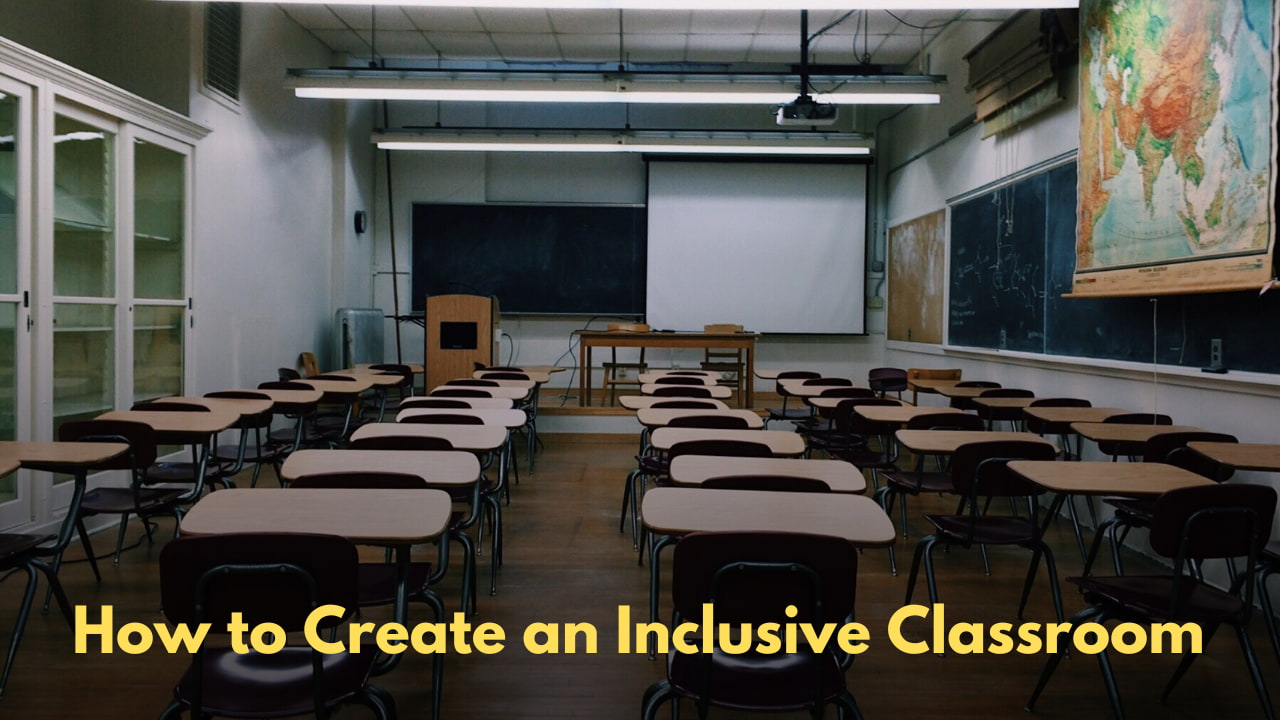An inclusive classroom is a place where every student feels welcome, respected, and able to learn. In an inclusive classroom, teachers make sure that all students, no matter their background or abilities, get the support they need to succeed.
If you are a teacher, you can help create an inclusive classroom by making small but important changes in the way you teach and interact with students. Let’s explore some simple tips that can help teachers create a welcoming environment for every student.

1. Understand Your Students’ Needs
Every student is different and may have unique needs. Some students may have learning difficulties, while others might come from different cultural backgrounds or speak different languages. As a teacher, it’s important to understand these differences and find ways to support each student.
- Talk to your students: Get to know them and ask if they need any specific help or adjustments in class.
- Observe: Pay attention to how your students learn and if anyone seems to struggle with certain activities.
By understanding their needs, you can find the best ways to help every student.
2. Create a Positive Classroom Environment
A classroom should be a safe and positive space where students feel comfortable expressing themselves. You can create this kind of environment by encouraging kindness, respect, and understanding among your students.
- Set classroom rules: At the beginning of the school year, create classroom rules that promote respect and fairness.
- Encourage participation: Make sure every student gets a chance to participate in class discussions and activities.
- Praise effort: Encourage students when they try, even if they make mistakes. Let them know that it’s okay to learn at their own pace.
A positive environment helps students feel more confident and motivated to learn.
3. Use Different Teaching Methods
Not all students learn in the same way. Some students may understand a topic better when they hear it, while others may prefer to see it or do hands-on activities. As a teacher, it’s important to use different teaching methods to reach every student.
- Visual learners: Use pictures, charts, or videos to explain concepts.
- Auditory learners: Encourage listening through discussions, stories, or audio materials.
- Kinesthetic learners: Include activities that let students move, build, or create things with their hands.
By using different methods, you make sure that every student has a chance to understand the lessons in their own way.
4. Give Clear Instructions
Sometimes, students may struggle because they don’t fully understand what they are supposed to do. To avoid this, always give clear and simple instructions for tasks and activities.
- Explain one step at a time: Break tasks into smaller steps so students can follow them easily.
- Check for understanding: After giving instructions, ask your students if they have any questions or need something explained again.
By giving clear instructions, you make sure that no one feels lost or confused during the lesson.
5. Adapt Your Lessons for Different Abilities
In an inclusive classroom, you may have students with different levels of ability. Some students may need extra support, while others may be able to work independently. As a teacher, it’s important to adapt your lessons to meet the needs of all students.
- Provide extra help: Offer additional resources or one-on-one time for students who need more guidance.
- Challenge advanced students: Give extra challenges or deeper questions to students who finish early or need more advanced work.
By adjusting your lessons, you make sure that all students are learning at the right pace for them.
6. Foster Teamwork and Peer Support
One of the best ways to create an inclusive classroom is by encouraging teamwork and peer support. When students work together, they can learn from each other and help those who may need extra support.
- Group activities: Create activities that require students to work together in small groups or pairs.
- Pairing students: Pair up students with different strengths so they can help each other.
- Encourage kindness: Remind students to be kind and supportive of their classmates.
Teamwork helps students build friendships and creates a sense of belonging in the classroom.
7. Be Patient and Understanding
It’s important to remember that every student learns at their own pace, and some may need more time or different approaches to understand certain topics. As a teacher, you need to be patient and understanding.
- Don’t rush: Allow students to take their time when working on difficult tasks.
- Offer encouragement: If a student struggles, encourage them to keep trying and remind them that it’s okay to make mistakes.
- Provide second chances: Give students another opportunity to learn if they didn’t understand something the first time.
Patience and understanding make students feel supported and confident in their learning journey.
8. Celebrate Diversity
Every student is unique, and it’s important to celebrate their differences. Whether it’s a different culture, language, or learning style, an inclusive classroom values diversity.
- Teach about different cultures: Include lessons that explore different cultures, holidays, and traditions to help students appreciate each other’s backgrounds.
- Showcase talents: Let students share their unique talents and skills with the class, whether it’s art, music, or storytelling.
- Create a welcoming space: Decorate the classroom with positive messages and images that reflect the diversity of the students.
By celebrating diversity, you show your students that being different is something to be proud of.